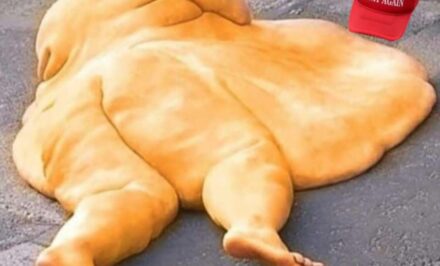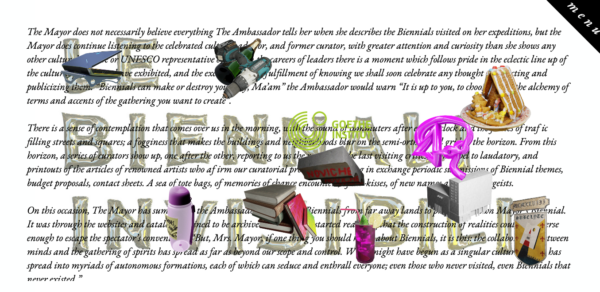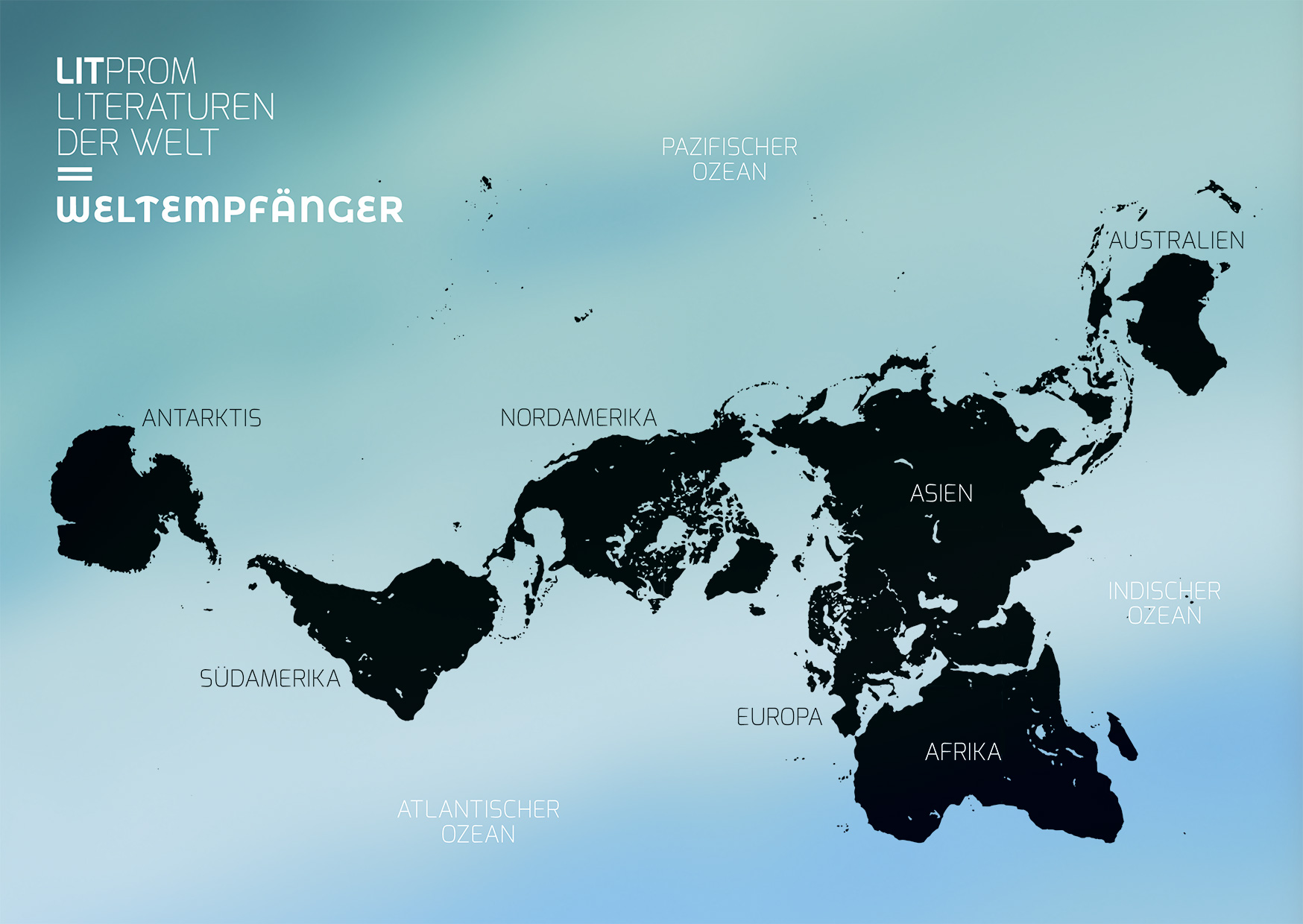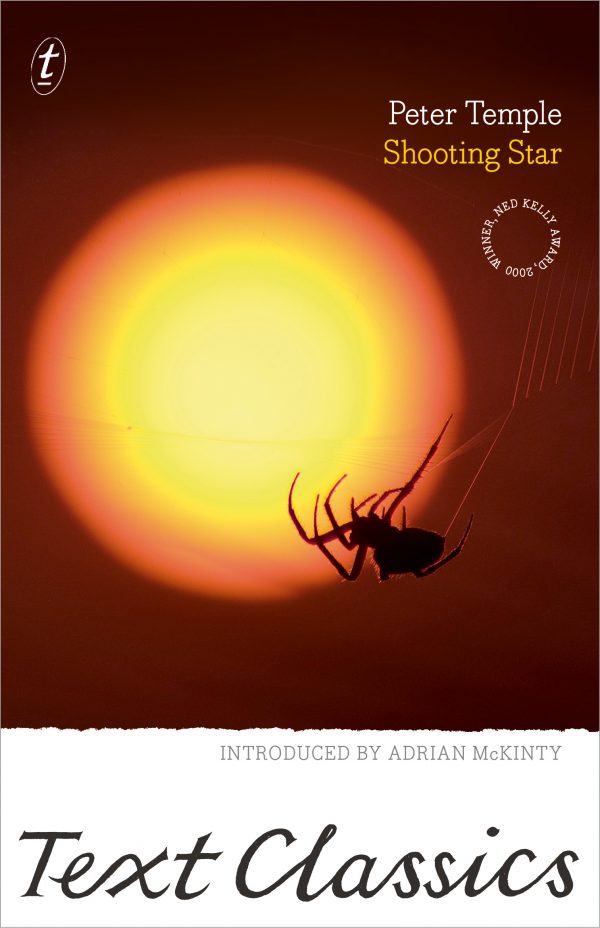
The Outsider Who Thought Like an Insider
by Adrian McKinty
I FIRST met Peter Temple in 2013 in a bar called The Local in St Kilda. He had come to Melbourne from Ballarat to do some interviews and he emailed me to see if I wanted to go for a drink in the evening. I jumped at the chance and because of babysitting issues we settled on a pub around the corner from my house.
I was nervous about meeting Temple in person. I had heard that he ‘didn’t suffer fools gladly’ and that he had ‘read everything’. I had read all of Temple’s work and was blown away by the easy elegance of his prose, his gift for charac- terisation and the raw intelligence that bubbles beneath the surface everywhere in his books.
On the way out the door I had grabbed two of his novels that, if I held my nerve, I was going to ask him to sign for me: his debut, Bad Debts (1996), and Shooting Star (1999).
I arrived at the pub to find Peter already there drinking an IPA. With his white hair and piercing, hawk-like eyes, he was unmistakable. I apologised for being late and he said that I wasn’t late, that he was early. I smiled at that: even in matters of potential tardiness, for Peter, it was important to get the facts right. His attention to detail was legendary. He did copious research for his books, he walked his landscapes, talked to people, figured out not just what they were saying but how they were saying it. He had a knack for dialogue because he was such a good listener.
We immediately got to talking about our joint expe- rience of coming to Australia as adults and then staying here. Neither of us had the touchstones that Australians had of shared childhood memories, TV shows, hit singles, and political and cultural events. ‘That’s why I don’t feel confident about writing about Australia,’ I told him. ‘I’m sure I will make some terrible mistake and everyone will see me for the fraud that I am!’

Peter nodded but apparently did not share my impostor syndrome, at least not that night, in front of me. He may not have grown up in Australia but he was confident in his ability as a journalist and novelist to get to the heart of the matter. I imagine Peter Temple’s copyeditors didn’t catch him out too many times. And I think that only someone with Peter’s background, an outsider who could think like an insider, could have produced such an extraordinary body of work that straddles the boundary between crime writing and literary fiction.
We eventually got to talking about books and our shared love for certain authors. We swapped lines from Dashiell Hammett and Raymond Chandler. When it was time to go, I reached into my Coles shopping bag and produced the two novels I’d brought. We talked about the character of Jack Irish—Bad Debts is the first in the series—and Peter went on a funny rant about there being too many Jacks in contemporary crime fiction.
Then he turned to Shooting Star. ‘What did you think of this one, Adrian?’
‘This was the first book of yours I ever read, in the Denver Public Library. There was three feet of snow outside and I was immediately captivated by the description of the cityscape in the opening paragraph. It really grabbed me, like a beautifully lit establishing shot at the beginning of a movie. The language was so spare and gothic and spot-on.’
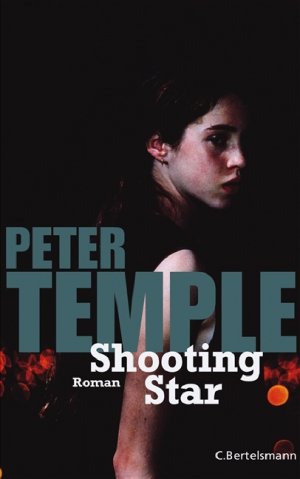
Peter acknowledged that a little description was a good thing but not too much, not pages and pages of the stuff.
This is how Shooting Star begins:
The house was in a street running off Ballarat Road. Doomed weatherboard dwellings with rusting roofs and mangy little patches of lawn faced each other across a pocked tarmac strip. At the end of the street, by the feeble light of a streetlamp, two boys were kicking a football to each other, uttering feral cries as they lost sight of it against the almost-dark sky.
Outside number twelve stood an old Ford Fair- lane. I went up a concrete path and onto a springy verandah. The front door was open and, at the end of a passage, I could see a glow and hear the television, a game show, shrieks and shouts.
I looked for a bell, found a scar where one had been, knocked.
As you can see, perfect. Not too much, just enough. Instead of signing the title page of my book Peter signed his name above this opening section, which I loved.
The wonderfully drawn protagonist of Shooting Star is Frank Calder, ex-soldier, ex-cop, ‘Ex all kinds of things’, whose card now reads ‘Mediator and Negotiator’. Frank is called in by the filthy-rich Carson family to be a bagman in a kidnapping. Pat Carson’s granddaughter Anne, aged fifteen, has disappeared on the way home from school and the kidnappers want a cool million dollars for her safe return. Pat broke a few heads on his way to the top and when the money exchange does not go exactly to plan it is clear that one of those heads wants revenge.
Frank realises that the kidnappers aren’t interested in the money per se; instead their plan is to humiliate and hurt the Carson family, and the ultimate hurt will be killing Anne. His experience with the Melbourne police in these delicate matters convinces Frank that he and his associates should try to find Anne before the Carsons overreact, before the kidnappers lose their patience or before the cops hear about the case and muck everything up.
The idea of the rescue mission into an underworld to save a kidnapped daughter goes back at least two millennia, to the story of Persephone and Demeter, and has been told countless times since. Peter Temple was a fan of William Faulkner but I didn’t get to ask him if Shooting Star had been influenced by Faulkner’s breakout novel, Sanctuary, or indeed by the missing-persons elements in a book he definitely revered: Chandler’s The Big Sleep.
However, the skeleton of the story doesn’t matter—it’s how you tell it and who your characters are that count, and Peter Temple tells it so well. The various members of the dodgy Carson family, in their vast mansion on the edges of the city, are beautifully drawn. Calder is a great character with depth and different sides to him, befitting a man who has seen so many professions and changes of address. He is one of those rough men who enable the rest of us to sleep safely in our beds at night.

His journey across Melbourne takes us from grim indus- trial parks in Dandenong to the mansions of Toorak, through an edgy as-yet-ungentrified St Kilda, to the MCG and the CBD. This terrain and these archetypes and Frank’s odyssey are as perfect a representation of Mikhail Bakhtin’s notion of the literary chronotope as we are likely to see in contemporary crime fiction: geography and character and time fusing to give us a complete picture of a city very different from the one of today. For a generation which has seen only booming economic growth Shooting Star should serve as a reminder that things can go very bad very quickly.
I never really talked to Peter Temple again after that night in The Local. We emailed and once I ran into him at the Ned Kelly Awards; as someone from the press was praising him Peter turned slightly to me and gave me an eye roll, which I think showed that he had a sense of humour about himself. Shooting Star is a book about a violent world and the men and women who try to survive there, but it is also, in places, pretty funny. There’s the slapstick of big men running through fences and, at the MCG, an echo of the ironic ending of Stanley Kubrick’s The Killing. Calder is a laconic hardman but his one-liners gleam. While the rest of us experience l’esprit de l’escalier Calder says, ‘I didn’t have any plans that included a Collingwood beanie’ and ‘Next step? Who says there’s a next step?’
Shooting Star was my first Peter Temple novel but I knew it wasn’t going to be the last. Within a couple of years of finishing it I had caught up with the back catalogue and I had flown ten thousand miles across the world to see Temple’s Melbourne, getting delighted when I found Kooyong Road or the ‘Only unvandalised callbox on Fitzroy Street.’
So, by all means, enjoy Shooting Star—it is Australian noir fiction of the highest order—but be warned, Peter Temple gets under your skin and this book is only a gateway drug to the rest of the Temple canon. If you read this one I can guarantee that you are going to read all the others.
Adrian McKinty

Made possible by kindly permission from Michael Heyward of Text Publishing, Melbourne, where most of Peter Temple’s novels are held in print, some of them among the greatest works of Australian fiction as Text Classics. Just out there in print: „Shooting Star“ with Adrian McKinty’s introduction which you just have read. Other books there:
Iron Rose
Bad Debts
Black Tide
Dead Point
White Dog
In the Evil Day
The Broken Shore
Truth
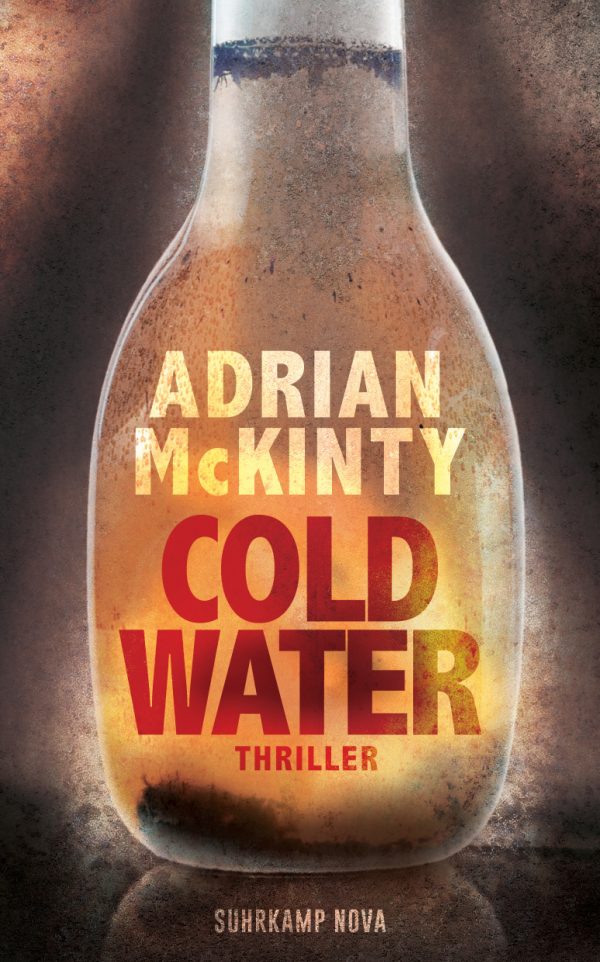
And the best news of them all: Text is publishing a collection of Peter Temple’s writings in October 2019. The book is called THE RED HAND, and it includes 20,000 words of an unfinished Jack Irish novel.
„Shooting Star“ was also the title of the German edition, C. Bertelsmann, 2008, translation by Hans M. Herzog.
In Germany, June 17th will see Adrian McKinty’s „Cold Water“ (The Detective Up Late) out in print at Suhrkamp – where quite some of his books are kept available. His German site here.


